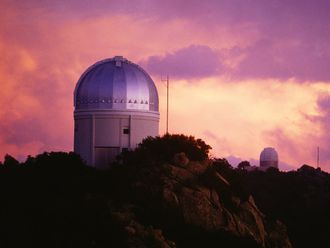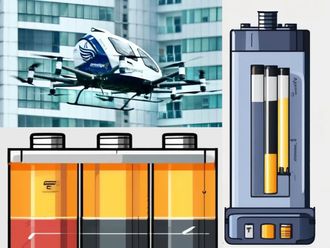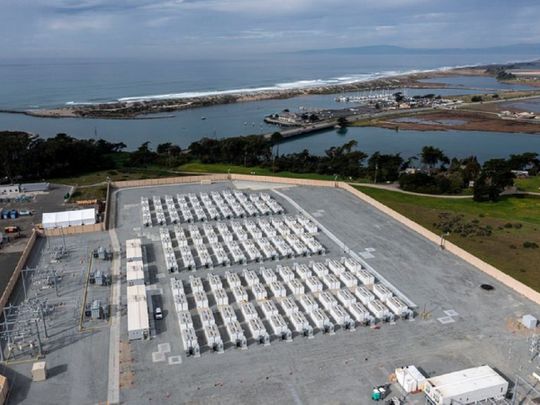
Highlights
- When it comes to batteries, lithium-ion is no longer the only game in town.
- Next-generation mobile power supply could come from diverse sources, including seaweeds and crab shells, thanks to frenetic pace of research.
- A UK-based team has developed 'nanomaterials' made from seaweed to create a strong separator to make greener, safer, better batteries.
- An industrial-scale production of seaweed-based batteries, however, may pose a challenge as farming it is notoriously manual-labour intensive.
Seaweed byproducts are used as thickener in ice cream and other food. They’re also used in the pharmaceutical industry.
Now, seaweed could find their way into phones, electric vehicles and home batteries, too. It reportedly still works after 1,000 charges.
Results of a new UK study shows a battery with key components derived from seaweed may open the route for greener storage. It turns out seaweed are not only superfoods, but are also super-industrial chemicals.
Iodine, an important element in the human body, was first found in 1811 from seaweed ashes. Seaweeds, in particular S. japonica, are rich in iodine.
Some types contain high amounts of vitamin B12. Fibrous cellulose and insoluble alginates from seaweed also contain calcium, iron, magnesium, sodium or salts of alginic acid, among others.
Is there a global lithium shortage?
Lithium is used in most laptops, EVs and phones today. The result: a shortage of lithium, which is frequently mined by underpaid laborers and refined in ways that harm the environment.
Between January 2021 and January 2022, Lithium prices jumped 478.3 per cent, according to Benchmark Mineral Intelligence (BMI). The shortage of lithium is only expected to worsen.
And while lithium-ion batteries have proven extremely useful since 1980, when John Goodenough developed them, they’re neither the best, nor the safest. They also pose a fire hazard.
At least two instance of Tesla "Megapack" battery fires had been reported, one in Australia in July 2021, and another California on September 20, 2022.
A safer option: sodium-metal batteries (SMBs) — they have the most potential high-energy and cost-effective power storage for the forthcoming wave of large-scale applications.
There’s one problem with SMBs: uncontrolled “dendrite” formation, which pierces the battery’s separator and results in short-circuiting, and fast degradation.
Nanomaterials from seaweed?
Last week, reports emerged about a new battery chemistry study using seaweed-derived layer could pave the way for safe and better energy storage.
The study, published in the journal Advanced Materials, explains how tough “separator” fibres containing seaweed-derived layers prevent sodium electrode crystals from piercing the separator, thus improving overall battery performance.
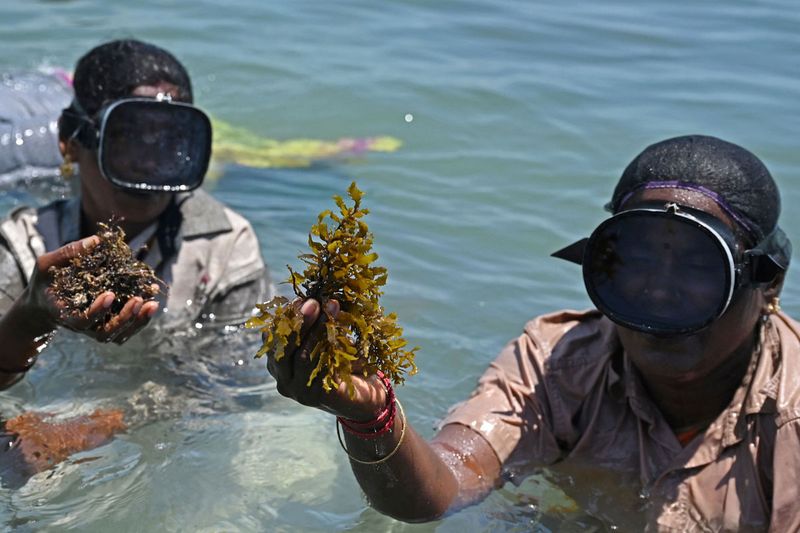
Why is a stronger separator necessary?
In any battery, a “separator” is needed to separate the functioning parts of a battery (the plus and the minus ends) and allow free transport of the charge. The use of a strong, flexible and relatively thin separator material (nanostructure) is a key ingredient in any future batteries chemistry or form factor.
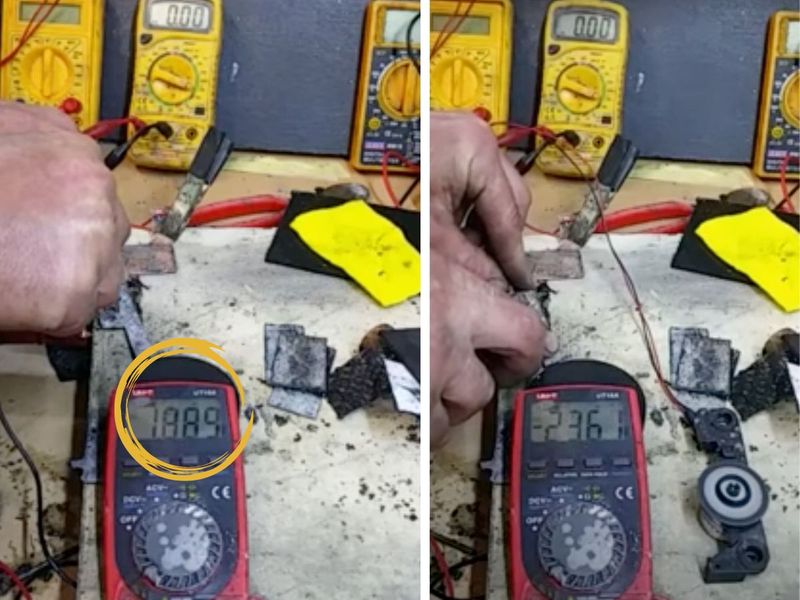
Besides cost, what's the issue with lithium-ion batteries?
Lithium-ion is useful due to the fact that they packs one of the highest energy densities of any battery technology today (100 to 265 wh/kg, or 250 to 670 Wh/L). Li-ion cells can also deliver up to 3.6 volts, 3 times more than other battery chemistries.
Tthe main issue with today's Li-ion chemistry is dendrite formation — metal structures that form through repeated charge cycles, causing them to bulge, lose power, and pose a fire hazard.
Jing Wang, the lead author, is a PhD Student at the Bristol Composites Institute (BCI), University of Bristol. The researchers showed that seaweed-based materials can strengthen the separator enough to prevent it being punctured by dendrites) that develop from sodium after repeated charge-discharge cycles.
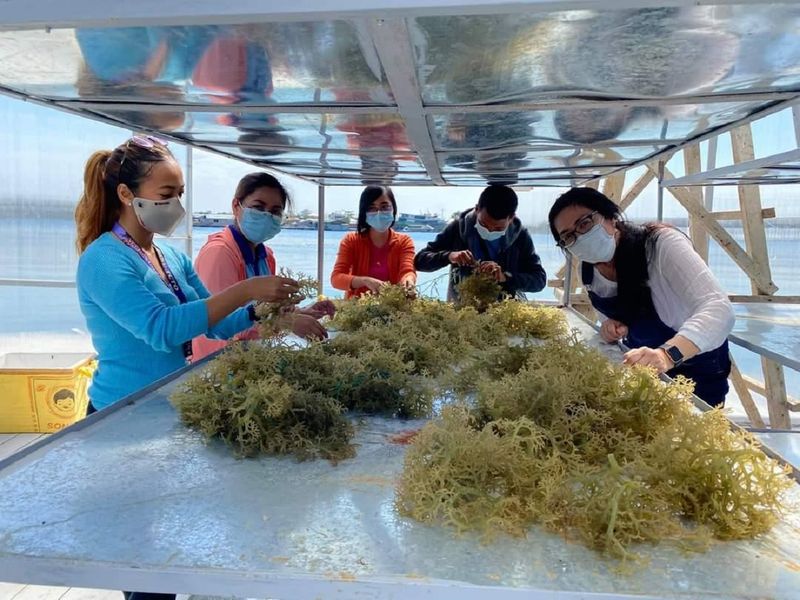
What's the hope for seaweed-based battery?
For one, greater storage capacity. The UK scientists said their seaweed-based battery “nanostructure” also allows for greater storage capacity and efficiency, potentially boosting the batteries’ lifetime — able to last longer and potentially driving EVs much farther.
The study’s co-author and the developer of the cellulose nanomaterials, Dr Amaka Onyianta of the BCI stated: “I was delighted to see that these nanomaterials are able to strengthen the separator materials and enhance our capability to move towards sodium-based batteries.”
“This means we wouldn’t have to rely on scarce materials such as lithium, which is often mined unethically and uses a great deal of natural resources, such as water, to extract it.”
Professor Steve Eichhorn, the study’s lead researcher at the BCI, added: “This work really demonstrates that greener forms of energy storage are possible, without being destructive to the environment in their production.”
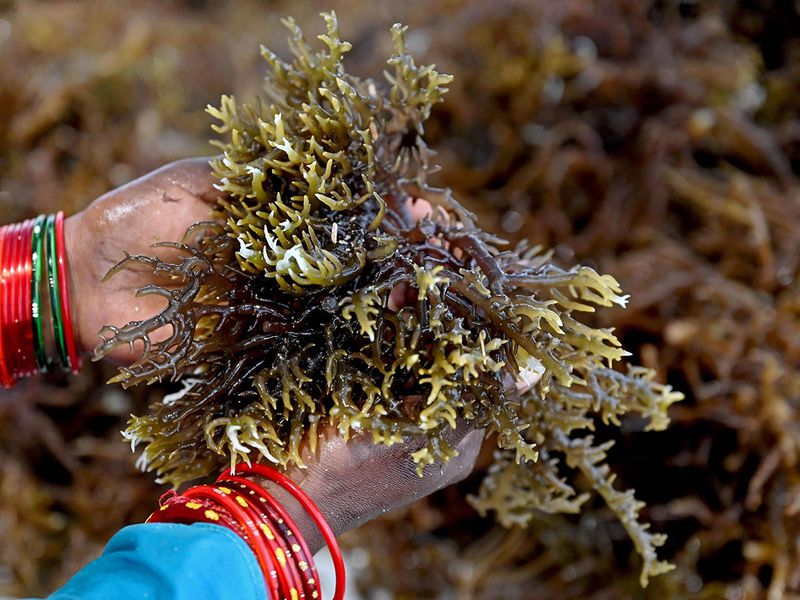
Can a battery be ever lithium metal-free?
It’s not the first time a lithium-free battery has been investigated. In 2010, a team of scientists in the US and Saudi Arabia reported a “novel lithium metal-free battery” with a theoretical specific energy of 1,550 watt hours per kg (Wh/kg) — an order of magnitude four times today’s lithium-ion batteries. Wh/kg represents a unit of energy used to measure the power density of batteries (and capacitors).
The team was spearheaded by Yuan Yang and colleagues Matthew T. McDowell, Ariel Jackson, Judy J. Cha and Yi Cui of the Department of Materials Science and Engineering, and Seung Sae Hong of the Department of Applied Physics at the Stanford University in California.
The research, published in the journal Nano Letters (American Chemical Society, ACS), claims their design helps overcome issues in lithium-ion batteries — including poor electrical conductivity, instability and volume expansion.
What’s next?
The next challenge: how to scale up to churn out hundreds of gigawatt-hours of battery production capacity per year to satisfy the world's insatiable appetite for mobility. to complement, or replace, existing lithium-based technology.
If seaweed-based batteries do perform as promised, they could, at the very least, complement and lessen the demand lithium-based batteries. Or, at the very most, replace it altogether.
Many seaweed species today are used in the industry, principally for the extraction of phycocolloids — or viscous and sticky “seaweed gum”, non-crystalline substance with very large molecules — and as a source of pharmaceutical substances.
Phycocolloids are water-soluble carbohydrates used to thicken watery solutions, to form gels (jellies) of varying degrees of firmness, to form water-soluble films, and to stabilise certain products used in a wide range of industries.



